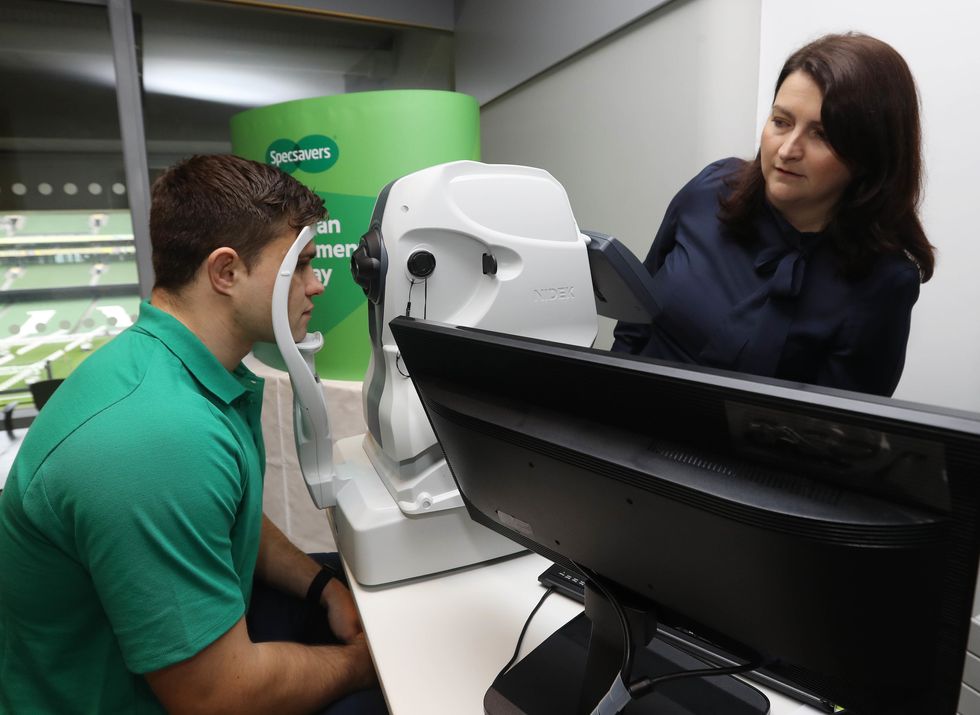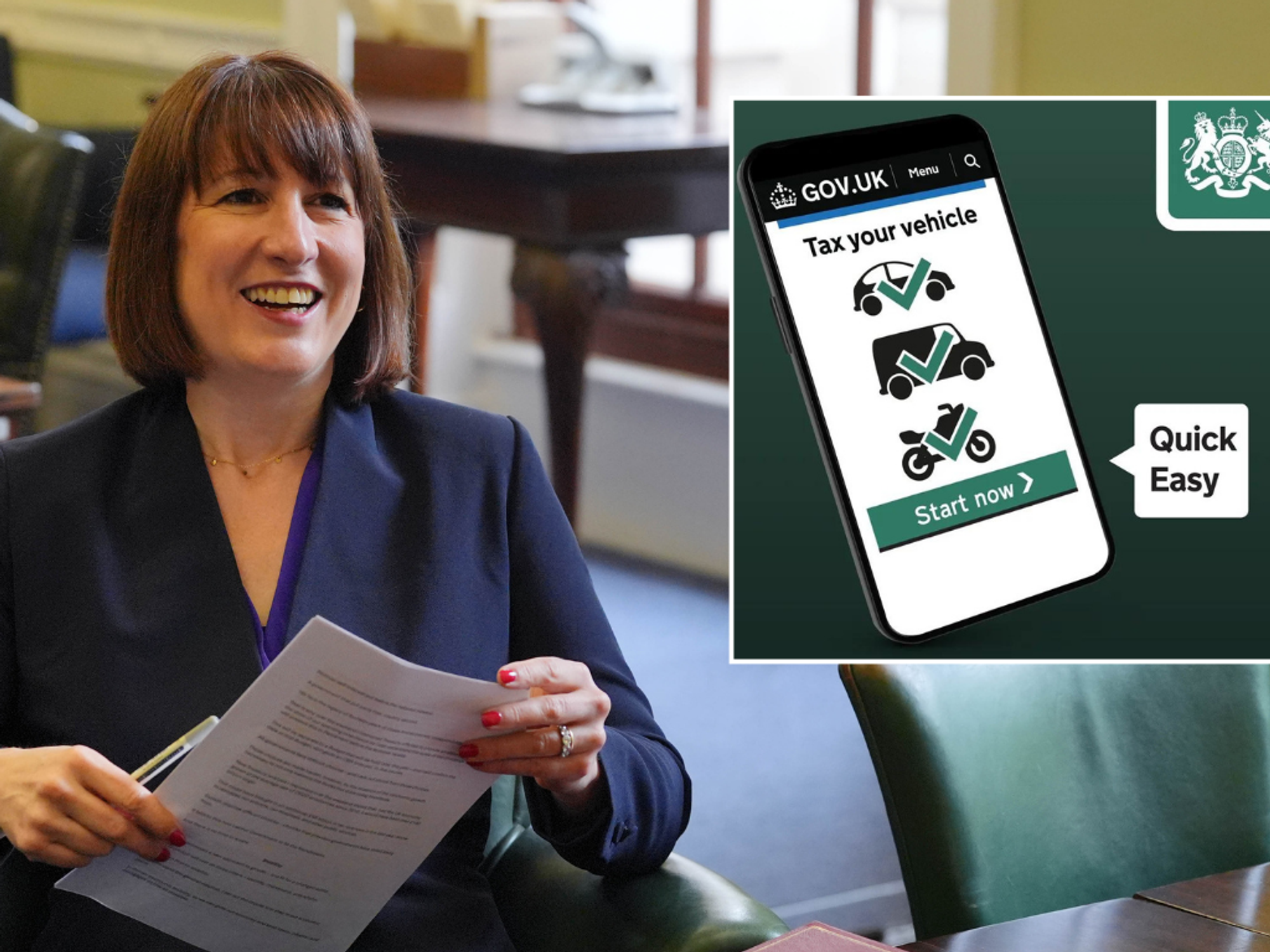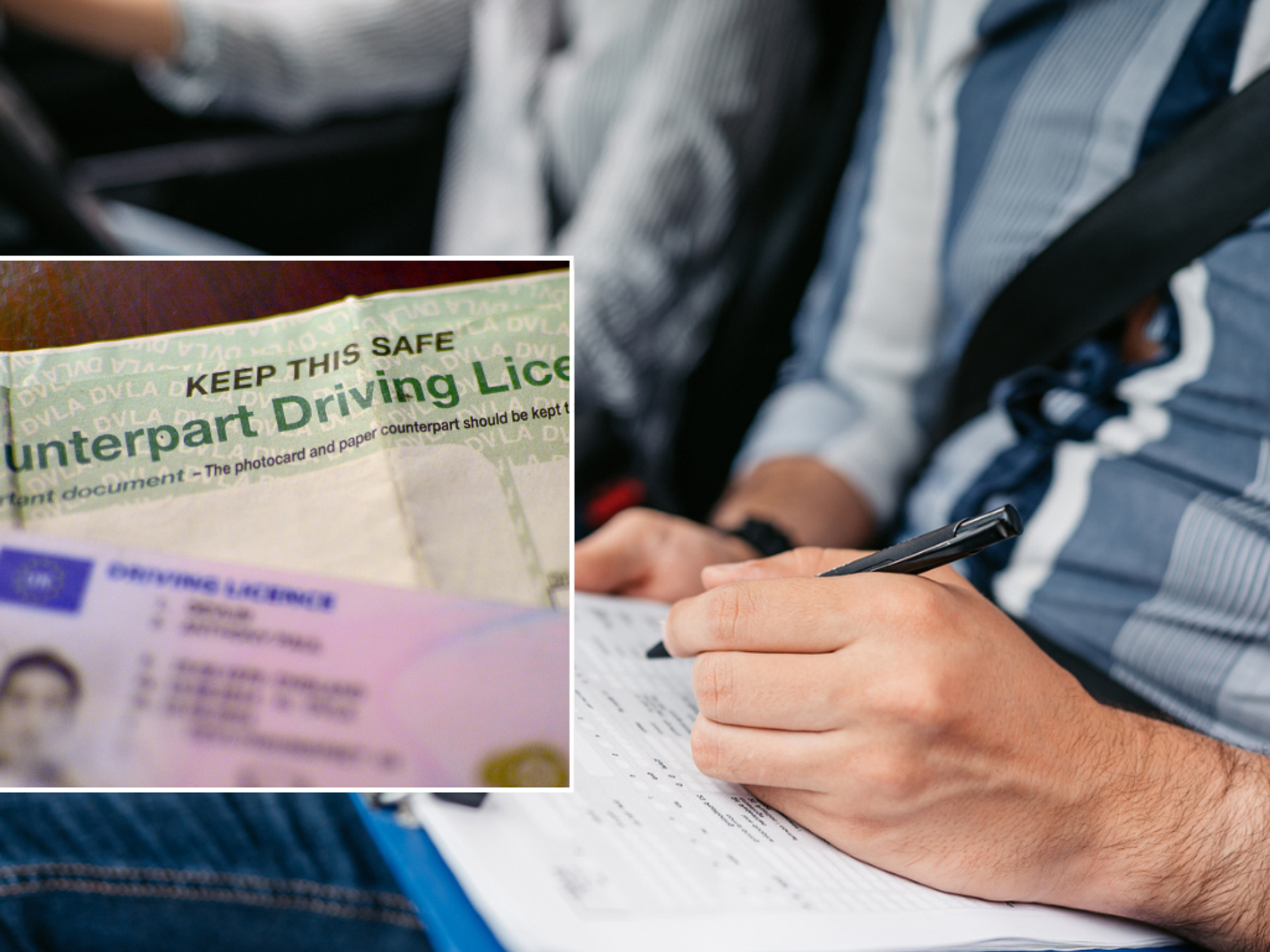The DVSA frequently reminds drivers of Highway Code rules
PA
Britons should have suitable eyesight before getting behind the wheel
Don't Miss
Most Read
Trending on GB News
Motorists are being urged to brush up on vital Highway Code rules that could protect drivers from dangerous situations on the road at night.
As the days get shorter and the nights get longer, road safety experts are warning drivers about the dangers of driving in adverse conditions.
The Driver and Vehicle Standards Agency (DVSA) took to X, formerly known as Twitter, to remind motorists of Highway Code rules, most notably Rule 94.
It states that drivers must not use tinted glasses, lenses or visors if they restrict their vision at night or in poor visibility, which could be more common in the winter months.
WATCH NOW: Transport Secretary Mark Harper pledges to support drivers
Motorists must meet the minimum eyesight standard for driving, which is examined during the driving test when they look at a standard number plate from 20 metres away.
If they cannot read the number plate, the test can be cancelled and the driver will be failed, with the DVLA being informed of the issue.
When someone reapplies for their driving licence, the DVLA will ask them to have an eyesight test with the DVSA at a driving test centre.
If a driver is involved in an accident and bad vision is deemed to be a determining factor, the driver will be fined £1,000 and get three points on their licence.
This will be done if they have not notified the Driver and Vehicle Licensing Agency (DVLA) of their condition before the accident.
Failure to notify about vision loss or issues could lead to a driving ban in more serious cases, including if the accident results in someone getting serious injuries.
Mark Wilkins, Consultant Ophthalmic Surgeon at OCL Vision, suggests that drivers should take care of their vision when driving, both during the day and at night.
He continued, saying: “[They] should reduce the intensity of visible light so that the wearer feels comfortable.
“They should have a polarising filter to deal with glare from horizontal surfaces such as roads, and also block UV light which is harmful to the eyes.
“[Sunglasses] should not be prone to breaking or scratching. If they are too small, they will reduce the field of vision and allow light in from the sides.
“If they are too dark or significantly alter colour perception, this could [also] be a risk when driving, as it affects how you see potential hazards.”
The DVLA unveiled an overhaul of its eyesight rules earlier this year, making changes to the list of identifiable medical conditions.
This included removing a number of eye conditions from the list such as branch retinal vein occlusion, hemianopia, nystagmus, optic atrophy, optic neuritis, reduced visual acuity, retinal treatment, retinopathy, tunnel vision and usher syndrome.
Working alongside the Association of Optometrists (AOP), the DVLA updated its list after concerns were raised that previous plans would have affected every UK driver.
LATEST DEVELOPMENTS:

A number of changes to eyesight rules were introduced earlier this year
PA
The remaining eye conditions on the list include blepharospasm, cataracts, diabetic retinopathy (with laser treatment), diplopia (double vision), glaucoma, loss of an eye, macular degeneration, monocular vision (sight in one eye only), nyctalopia (night blindness), visual field defects and other related conditions.








